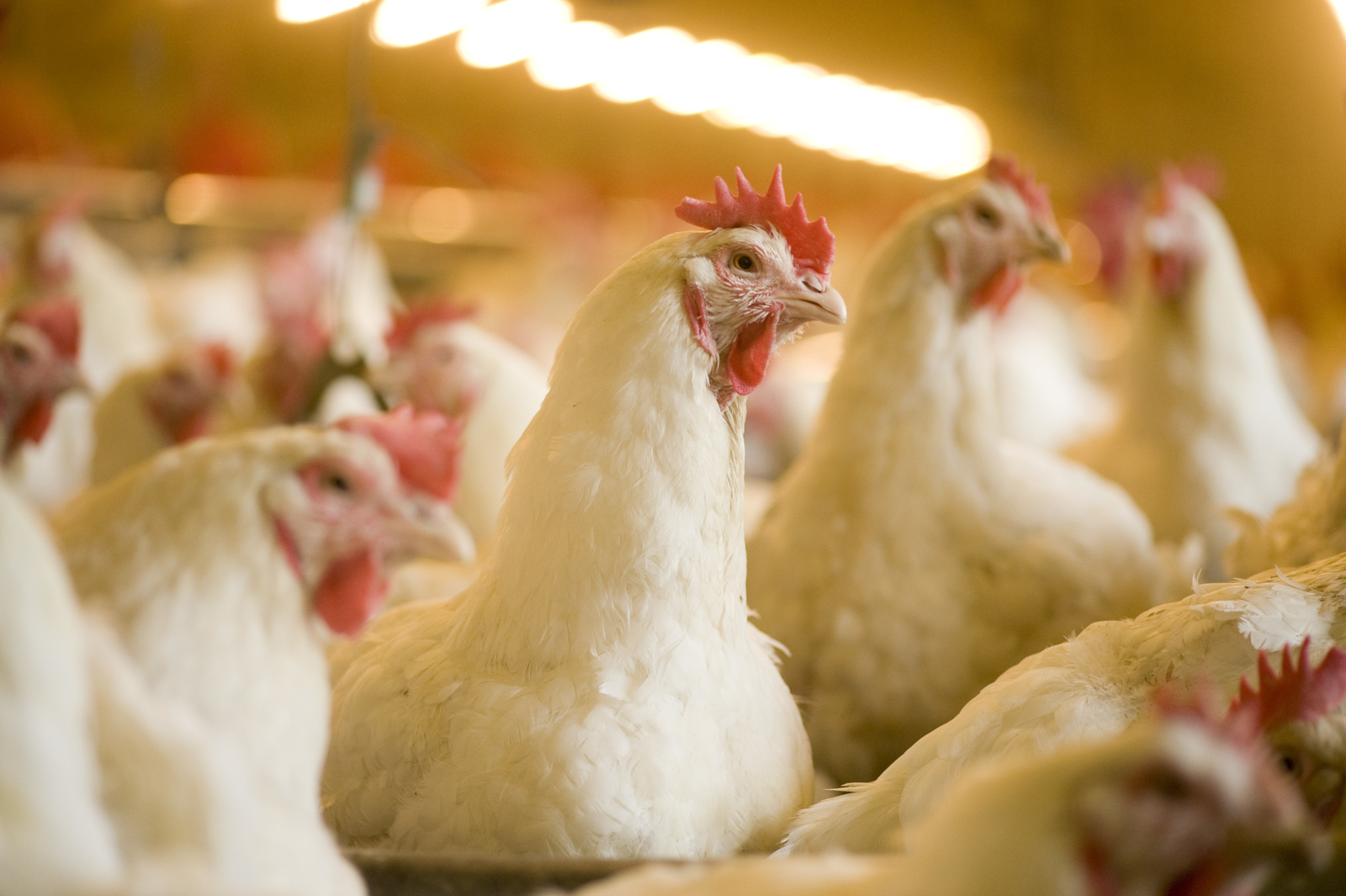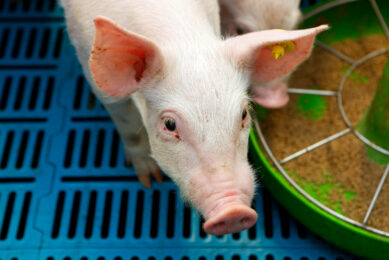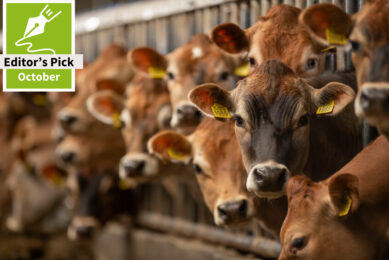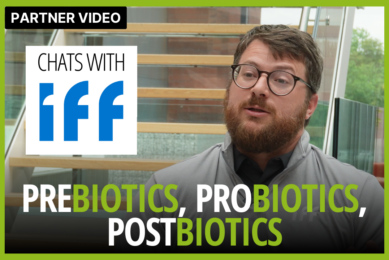Eubiotics: A way of managing gut health

In the majority of the world today, there is a growing interest in the use of products that can effectively sustain gut health without the use of or with a significant reduction of antibiotic growth promoters (AGPs).
Symbiotics (prebiotics + probiotics), essential oils, polyphenols and organic acids can provide an effective tool in helping ensure gut integrity in livestock. The precise selection of replacement products, however, is a learning process that must be based on observations in the field, and will vary according to several factors, including animal welfare, diet and genetics. It seems that, in the past, AGPs were used to mask feed-induced dysbiosis (microbial imbalance) and to rectify the effects of lack of sanitation and inappropriate housing. Due to the numerous challenges affecting poultry under commercial production, it is difficult to think of a single solution to replace the use of antibiotics, since the functioning of the digestive system is characterised by many different interactions, and a host of variables are involved.
Rethinking eubiotics
The benefits of eubiotics have been explained in a wide range of scientific papers and commercial assessments. For each different challenge, it is necessary to define which of these compounds can demonstrate positive effects on poultry health, and under what conditions they are effective. Nevertheless, evaluations of the effects of eubiotics often involve comparison with results that have been achieved with antibiotics over the course of decades.
A new paradigm is necessary for the effective and realistic evaluation of the action of eubiotics. This should be accompanied by a conceptual review, which must include the re-education of technicians and producers still tied to the ’antibiotic era’. A clear prerequisite for the elimination of antibiotics from animal production is the improvement of farming conditions. According to research done by Cromwell, the effect of AGPs is only discernible in the case of poor husbandry. In the context of optimal conditions and diet, eubiotics may effectively replace the action traditionally provided by antibiotics.
The eubiotics available on today’s market deliver more consistent results compared to the first generation of these products. Some eubiotic compounds present a consistent response to challenges encountered in the field, especially in the case of young birds. They assist the formation of the gut microflora by stimulating the production lactobacilli through the creation of lactic acid and bacteriocins. This helps prevent the development of undesirable bacteria such as Salmonella. Despite these overall advances, the effectiveness of probiotics is highly dependent on the experimental model used, and only some of them demonstrate clearly reproducible beneficial results.
Alternative approaches
Prebiotics, substrates derived mainly from oligosaccharides that are not digested or else partially digested in the intestine, can positively influence the balance of the microbial biota. According to recent scientific findings, the use of symbiotics (prebiotics + probiotics) in poultry diets is a viable alternative for poultry production, since “no significant differences have been observed in poultry performance supported by the use of eubiotics” rather than antibiotics.
Besides symbiotics, acidifiers provided either in drinking water or in feed, have been used in various compositions and have shown their ability to control certain pathogens that negatively affect the gut health of poultry. Similarly, these feed additives not only inhibit certain groups of bacteria; some of them are also thought to stimulate the production of ben-eficial microflora.
In addition, aromatic substances from plant polyphenols with antioxidant properties inhibit bacterial extracellular enzymes that block metabolic substrates by inhibiting oxidative phosphorylation and nutrient uptake, and control clostridia and other pathogens. These characteristics may prevent or delay the development of bacterial resistance.
Practical use of eubiotics
Under experimental conditions, and without challenges, it is quite difficult to demonstrate the benefits of eubiotics compared to antibiotics (Table 1). Under field conditions, by contrast, their positive results are proven (Table 2).
No specific model exists for the use of eubiotics to replace antibiotics, or to reduce their use; however, for each challenging condition and interaction factor (nutrition, period of year, animal immunity, etc.) it is possible to set a practical and effective preventive program.
Probiotics have shown positive effects when used during the first phase of poultry life. Programmes using combinations of essential oils and organic acids (e.g. combinations of eugenol + thymol + piperine + benzoic acid) show results very close to those obtained using AGPs.
Eubiotics in combination with AGPs
In practice, under very high-level challenges (e.g. Clostridium perfringens), the therapeutic use of antibiotics for short periods is still required in order to inhibit the pressure on the microbiota. Probiotics can therefore be used concomitantly with standard programs. Even where AGPs are still permitted, the use of eubiotics can help improve gut health, permitting a reasonable reduction in the levels of antibiotics administered. It would therefore appear that eubiotics can not only replace antibiotics, but also be used in conjunction with them to offer additional benefits.
In regions of the world where antibiotics have been banned, it is essential to carefully experiment with the possibilities of various eubiotic compounds in a commercial context and define the best combination for each level of challenge. The market will set new standards based on the results documented and the attendant economic benefits.
Among other alternatives to AGPs, some anticoccidials that act on gram-positive bacteria, such as narasin, are still used to control enteropathogens such as clostridia. Nanotechnology may promote animal performance not only for its antimicrobial effect, but also for its stimulating effect on cell metabolism. It is also a promising tool for antibiotic therapy that permits, among other possibilities, the reversing of bacterial resistance, the enhancement of the immune responses, and the improvement of nutrient uptake.
Antibiotic growth promoters have been used in livestock production for decades, and have created a certain set of assumptions and expectations. Eubiotics present new possibilities, but their full benefits will only be realised if the industry is properly educated as to their properties, actions and benefits.
Re-educate producers
Worldwide pressure for the elimination of antibiotics in animal production has stimulated the search for new solutions. Eubiotics offer a different way of managing gut health in livestock. The effectiveness of these new approaches tends to be evaluated against the results produced during decades of antibiotic use. It is therefore necessary to re-educate producers who are familiar with the ‘antibiotic era’. Animal production will long continue to depend on the use of traditional molecules, but eubiotics and other technologies offer effective alternatives and/or complementary approaches. No standard model exists for the use of eubiotics, and for each challenge and interacting factor, it is necessary to conceive and implement prevention programs that are practical, enjoy good benefit-cost ratio, and are suitable for the specific circumstances in which they are to be applied.
References are available on request.











